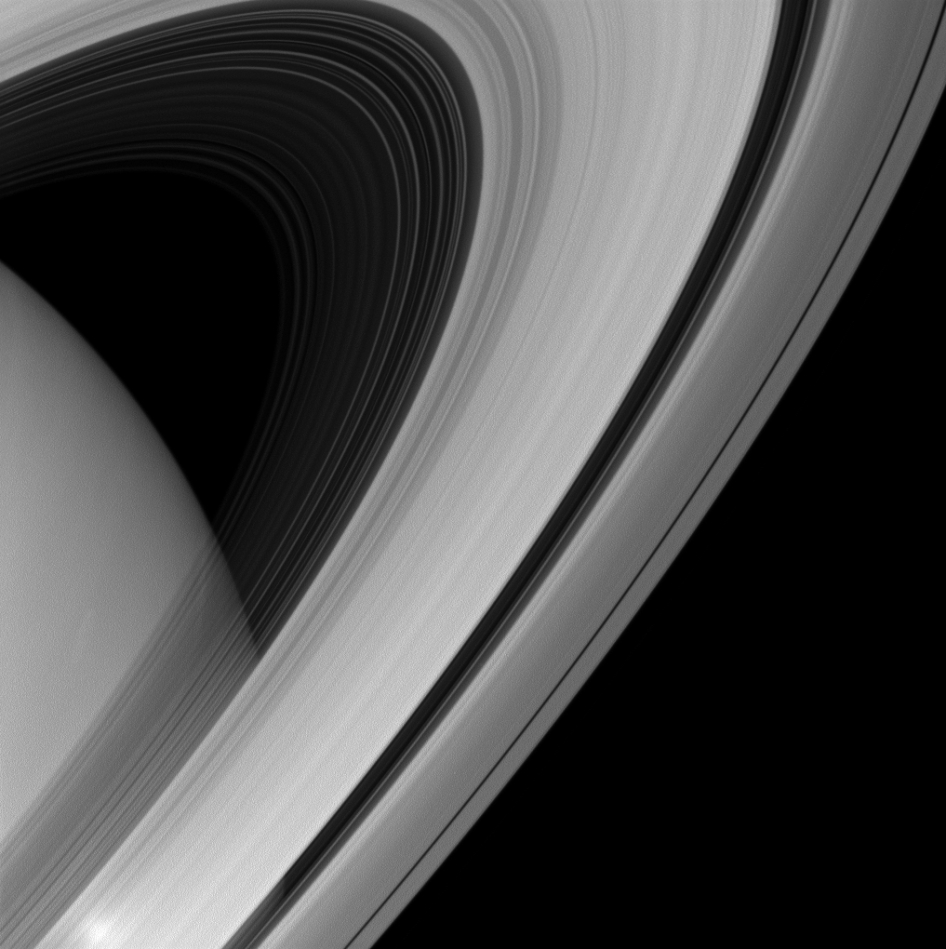
A group of researchers have developed a method for attaching drugs to the surfaces of red blood cells. RBC precursor cells are engineered to express a surface protein (purple oval) with a sortase substrate sequence. When the precursor cells become RBCs, sortase is added to form an RBC-enzyme intermediate. A modified drug can then react with the intermediate to form an RBC-drug conjugate. Picture from cen.acs.org
In this week’s CEN, Stu Borman describes a new drug delivery strategy. Researchers at The Whitehead Institute have developed a method for conjugating drugs to red blood cell surfaces increase drug longevity and bioavailability:
Hidde L. Ploegh, Harvey F. Lodish, and coworkers at MIT’s Whitehead Institute for Biomedical Research have created RBC-drug conjugates that could take drug longevity to another level (Proc. Natl. Acad. Sci. USA 2014, DOI: 10.1073/pnas.1409861111). They’ve shown longevities of 28 days in mice but hope for more in people, where RBCs live up to four months.
They engineer mouse or human RBC precursor cells to express a surface protein bearing a sequence recognized by the enzyme sortase. Once the cells develop into RBCs, they add sortase, forming a covalent RBC-enzyme intermediate. A modified drug can then react with the intermediate, expelling sortase and yielding an RBC-drug conjugate. Sortase-based cell-surface labeling is an established technique, but this is the first time it’s been used for diagnostic or therapeutic purposes.
